
letters and miscellany with Dana Huntley
REMEMBERING THE MAYFLOWER
Did the remains of the Mayflower end up as a barn in Buckinghamshire? The tradition is generations old in the village of Jordans, an hour’s drive northwest of London in the Chiltern Hills. For more than 300 years the hull of the historic Pilgrim vessel has lain upside down on a brick floor, serving as the roof of what is now known as the Mayflower Barn. The story of how the ship got there after its sale for salvage is pretty well documented. On one of the barn’s beams can be made out the letters R HAR I, which experts conclude is the remains of the words “Mayflower Harwich.”
[caption id="AroundOurScepteredIsle_img1" align="aligncenter" width="1024"]
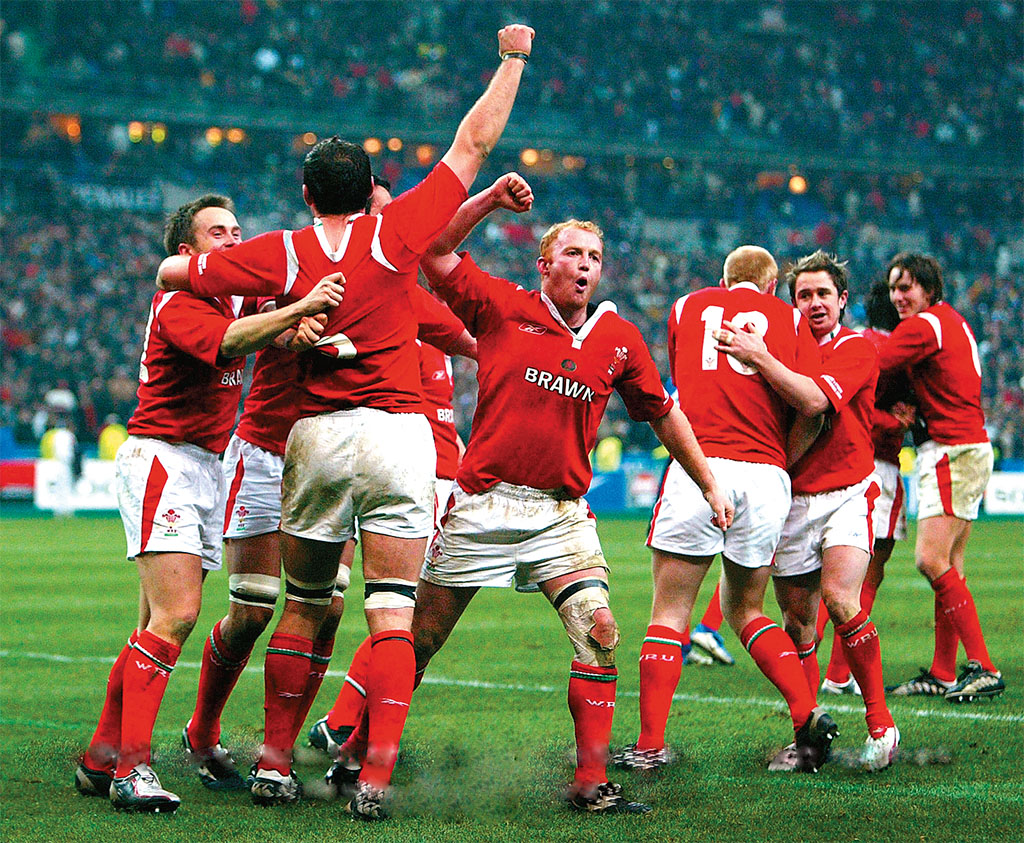
GETTY IMAGES
GRAND SLAM FOR WALES!
This spring Wales was treated to a rare national celebration, when the national rugby team won the coveted Grand Slam of international rugby. Here is BH writer Sian Ellis reporting on the phenomenon from Monmouthshire:
“Great match, great singing, great season—and the Grand Slam, Triple Crown and Six Nations Championship as a result. Welsh rugby has been in the doldrums for such a long time, we have to celebrate when it finally shines again. (I’m sure psychologists would have a field day analyzing why Wales goes mad for its rugby.)
“It has been our first Grand Slam (beating everyone else in the Six Nations tournament) in 27 years; our last was in 1988. Two years ago, we didn’t win a single match in the tournament (our true nadir). Hence the jubilation, and no doubt many sore heads from too much celebrating.
“One of the things I like most about such occasions is the atmosphere—fans from both sides mingle and sing and have fun, before, during and after the match. You’d rarely (if at all) find crowds singing in such choir-like splendor. It’s a carnival atmosphere (and none of the soccer hooliganism). A good advert for sport. I’m still fascinated, though, by how much of a rallying point rugby is, how the nation’s spirits are lifted (or dashed) by an 80-minute game at the weekend—no doubt much ink could be spilled on the subject.”
Over in Crickhowell, BH writer Roger Thomas describes the Welsh national reaction: “News of Wales’ rugby renaissance seems to have reached all corners of the globe. My son was in Cardiff for the match and he tells me that the atmosphere was wonderful. The local media is still running post—Grand Slam stories two weeks after the event.”
PLAUDITS AND BRICKBATS
It is always a joy to hear from insightful BH readers such as yourself—even when you are pointing out our errors. We are certainly going to have to revisit the British regiment, thanks to John Saxon. Just as bad, how many of you picked up on my terrible gaffe referring to Wallis Simpson as Duchess of York instead of Windsor? Then, Ken Meades writes: “Where are the stories of the blood and guts of the empire? We aren’t just country homes and gardens; we are a lusty, vigorous race!” Ah, just so. Next issue we’ll take a look at Lord Nelson and Trafalgar. You can’t get much more blood and guts than the Napoleonic wars.
Yes, Virginia, there is a Jamestown. Margaret Profitt speaks for a number of feisty Virginians, reminding us: “Being a loyal Virginian from English stock, I felt the need to respond to the often cited, but mistaken, allegation that the first settlement in America was in New England.” True enough, but neither a settlement in the Tidewater nor on Cape Cod Bay is a migration. In the series we begin in this issue, all will be revealed.
Nigel Parry-Williams notes, “I was particularly pleased to see you had a feature on my beloved county of Rutland, where I lived for many years in The Old Vicarage at Caldecott in the Welland Valley.” In a postscript, he adds: “Ruddle’s County, the local ale, is now rubbish. Tony Ruddle sold up, and the new brewmaster has destroyed it!” Now, that’s sad news. Ruddle’s County has long been a favorite tipple of mine. We would be delighted to hear from you, either by the post or at BritishHeritage@thehistory net.com.
CONGRATULATIONS, YOUR ROYAL HIGHNESS
Yes indeed, despite the prognostications of naysayers and the sad passing of Pope John Paul II, Prince Charles and Camilla Parker-Bowles wed in ceremonies of great dignity and sensitivity. It is quite easy to carp upon the circumstances that brought them together at this time in their lives. Nonetheless, this is a love story.
The new Duchess of Cornwall is not a woman whose attraction to the prince is born of infatuation with the trappings of his position. She has weathered the most difficult circumstances and the slings and arrows of outrageous bread rolls to remain calm, dignified and true to a man whom she admires and has loved for years.
Lesser men, never mind princes of the blood, would have consoled themselves with a minor string of younger and more comely women than Parker-Bowles. Prince Charles stood by the woman for whom he had sacrificed himself in the court of public opinion, the woman he probably should have married in the first place. It is no disgrace to the memory of the late Princess of Wales to respect the present, and the fidelity this new royal couple has shown to a love that has weathered more than enough to break most relationships.
There are storms still ahead for them. His Royal Highness and his bride, however, have proven a mutually supportive couple—gaining a strength together that can only benefit the monarchy and the nation in the years to come. This is a fairy-tale ending in its own right, and the couple deserves years of happiness together.
THE BEATLES MEET THE SCARECROW
It’s an interesting bit of trivia recalled by the BH art director as he worked on the Romney Marsh feature for this issue: On a famous night in 1964, when the Fab Four—the Liverpool lads—the Beatles arrived in America and made their debut on The Ed Sullivan Show, their much-hyped appearance on American television was met with fierce competition from a rival network. Running opposite Ed Sullivan, on The Wonderful World of Disney, was Patrick McGoohan in The Scarecrow of Romney Marsh. He remembers as a teen being torn between the two shows, flipping channels during this battle of Britain.
GREAT BRITISH NONFICTION
What are the most quintessentially “British” nonfiction books of all time? We invited you to submit your nominations. In truth, I adjudged that our savvy subscribers would provide some clear favorites among BH readers. Alas, ’twas not to be; there are just too many books, and too many readers. It may come as no surprise that The Diaries of Samuel Pepys received more votes than any other volume. Beyond that, however, anything like consensus proves impossible. Still, here is an eclectic sampling of classics past and present that received the enthusiastic reviews of BH readers:
Lark Rise to Candleford by Flora Thompson
The Map That Changed the World: William Smith and the Birth of Modern Geology by Simon Winchester
The English by Jeremy Paxman Vanishing Cornwall by Daphne Du Maurier
Merry Hall by Beverly Nichols
Will in the World by Stephen Greenblatt
In Search of London by H.V. Morton
ROYAL REGIMENT OF FUSILIERS MUSEUM (ROYAL WARWICKSHIRE)
If you are traveling around Warwickshire, perhaps to visit Warwick Castle, Kenilworth or on your way to Coventry, a visit to the museum of the Royal Warwickshire Fusiliers can add a slice-of-English-life experience hard to gain in more “touristy” visits. The museum is in Warwick at St. John’s House—a lovely stone mansion house built in 1626 on the site of a monastery demolished in 1536.
Famous sons of the regiment include Field Marshal Viscount Montgomery of Alamein who was a subaltern in the 1st Battalion at the beginning of World War I. The St. John’s House museum was opened in 1961 by Monty. The museum traces the history of the regiment from its origins in 1674 to the fusiliers of today. It is a colorful adventure in the glories and tragedies of English military history, from the Glorious Revolution to Kosovo.
Since the early 18th century, the badge of the Royal Warwickshire Regiment has been an antelope, and the regimental mascot has for some 200 years been a black buck antelope called “Bobby.” Bobby currently serves with the 2nd Battalion in Belfast, with the rank of lance corporal. Web site: www.warwick fusiliers.co.uk.
TRAVELING WITH JIM HARGAN
Veteran readers of BH will certainly recognize Jim Hargan’s name. Barely an issue of BH has gone by over the last few years that has not included one of Jim’s colorful blends of story and photos. We have traveled with Jim over the past year to the Wessex of Alfred the Great and Jane Austen, along the route of the Eleanor Crosses and around the county of Rutland. This issue, Jim takes us down along the south coast where Kent meets East Sussex, and, well, you’ll read all about the scarecrow.
A full-time freelance photographer and writer, Jim lives with wife Kasey (his business manager) in Mars Hill, N.C. Armed with a parcel of writing assignments, Jim periodically sets off to Britain in search of fascinating tales and great photo-shoots. We know a number of BH readers have followed in Jim’s footsteps, inspired by one of his great articles. If you want to stay in the windmill at Barrowden featured on the cover of our last issue, or at an oasthouse in Romney Marsh (or any of hundreds of funky self-catering digs), you can book them with Relais & Chateaux at www.relais.com. At the very least, do plan to go traveling again with Jim in our next issue, when his destination is the Lincolnshire Wolds of Tennyson’s boyhood.
SPEAKING OF THE BEATLES
It was at EMI’s Abbey Road Studios in St. John’s Wood, north London, where the Beatles made the music that brought them fame and fortune. They recorded 192 of 202 songs in Studio Two from 1962–69. Undoubtedly, the Beatles are the source of Abbey Road’s own fame. By EMI’s reckoning, between 100,000 and 120,000 people a year come up to St. John’s Wood to traverse the famous crosswalk and gawk at the closed gates of the studio for a minute or two.
Musical history was made at the Abbey Road Studios long before the Beatles hit the scene, however. Edward Elgar inaugurated the studio in 1931 with the London Symphony and a now-famous recording of “Land of Hope and Glory.” Since then, hundreds of musicians, singers and songwriters—including Fred Astaire, Pablo Casals, Olivia Newton-John, Burt Bacharach, Pink Floyd, Ella Fitzgerald and the Spice Girls—have gone on to work at Abbey Road. Composer John Williams scored Raiders of the Lost Ark and the Star Wars trilogy at Abbey Road as well.
[caption id="AroundOurScepteredIsle_img2" align="aligncenter" width="678"]
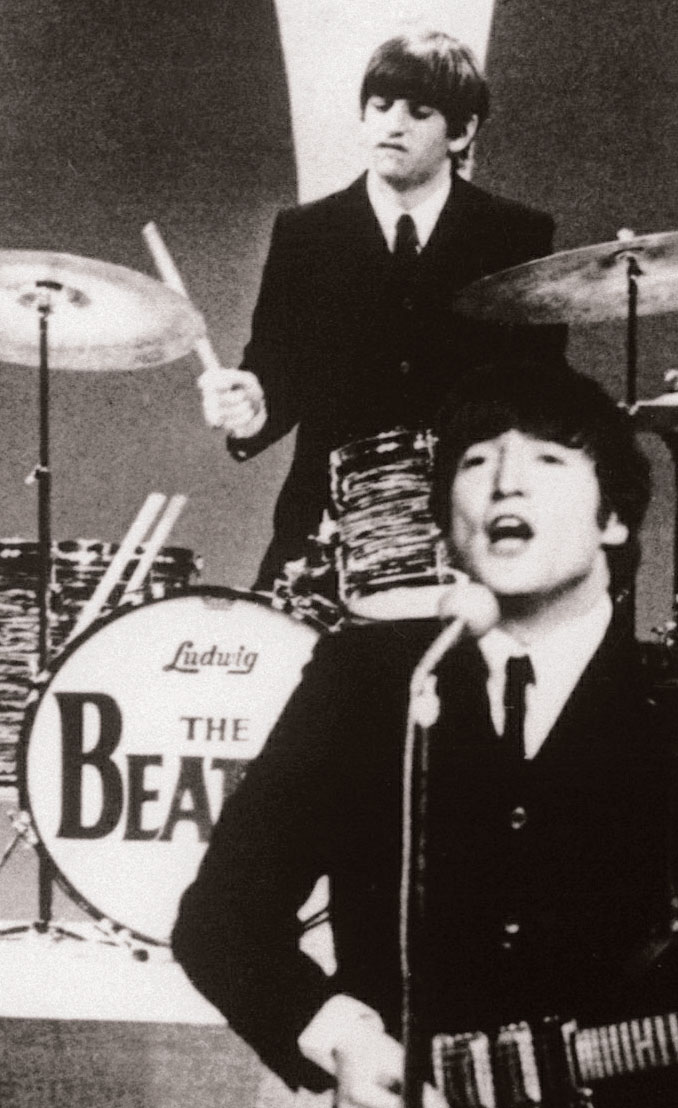
BETTMANN/CORBIS
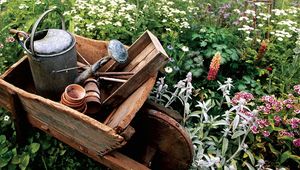
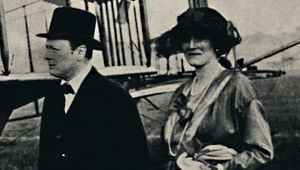
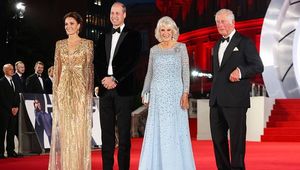
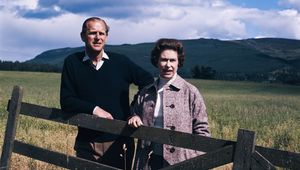
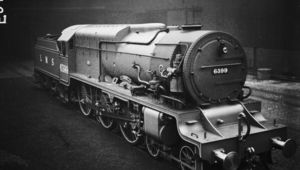
Comments